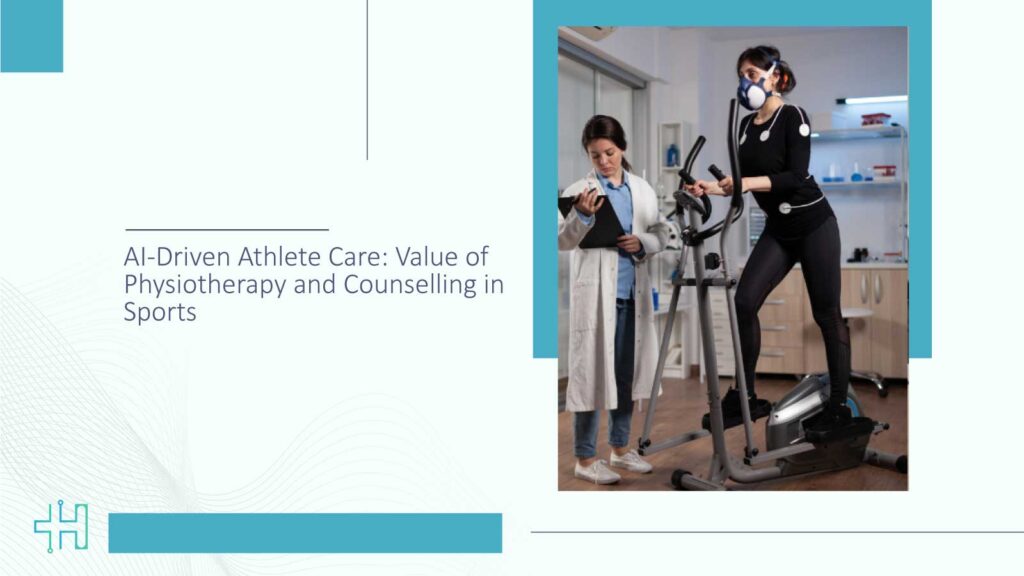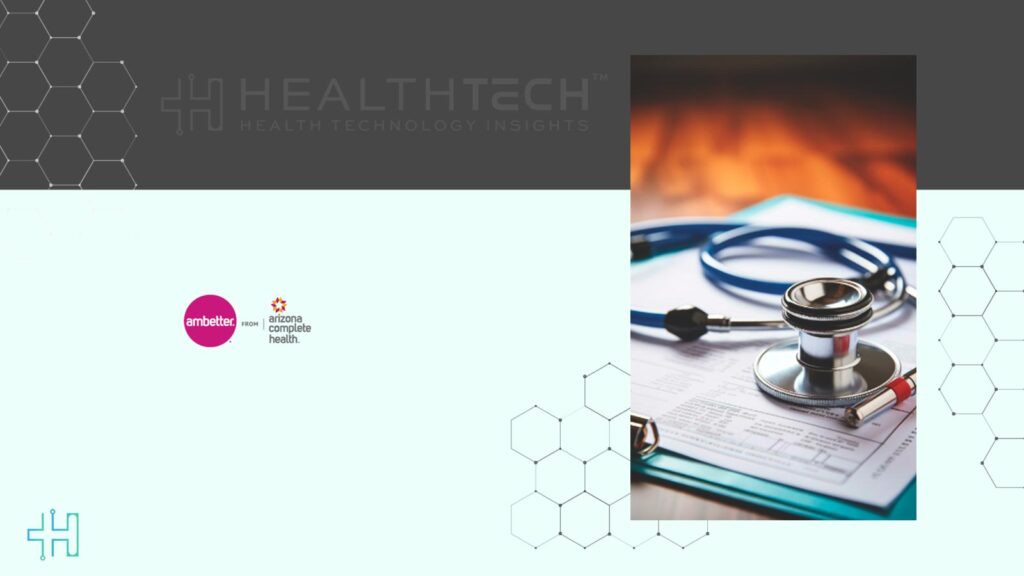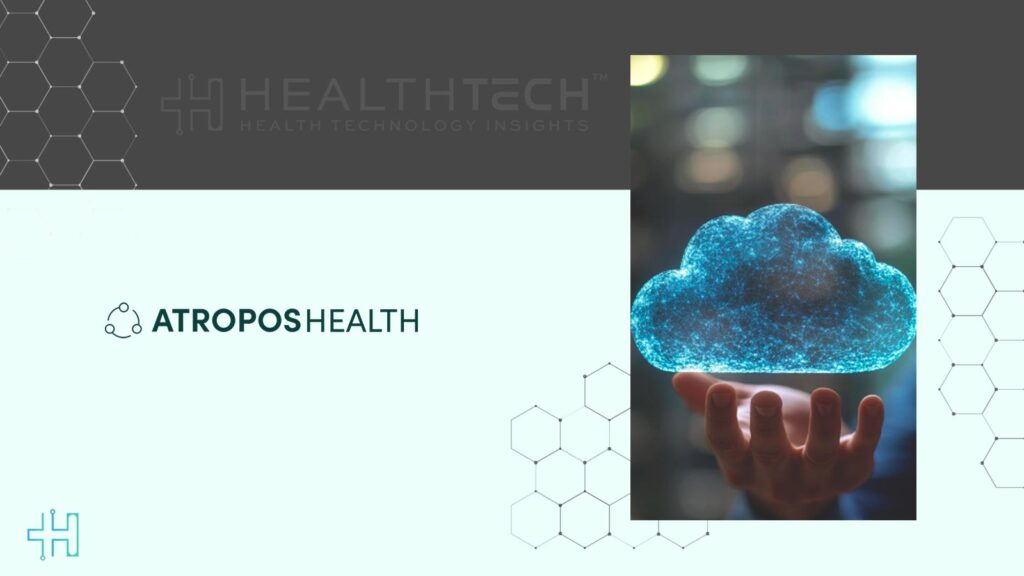Digital health has delivered clear gains: faster access to records, remote monitoring, and far better data for clinical teams. Yet the same systems that enable care also open new avenues for harm. Over the past three years, the sector has seen breaches that expose tens of millions of patient records, attacks that slow or halt clinical services, and persistent gaps in device and API security.
This article examines the hidden threats that now shape risk for hospitals, clinics, and vendors and lays out pragmatic controls that reduce exposure while preserving the benefits of digital care.
1. Scope of the risk: mega-breaches and their fallout
Recent incidents demonstrate how a single compromise at a technology provider can affect nearly an entire market. One high-profile attack on a major health-tech unit was later reported to have impacted roughly 192.7 million individuals, a scale that makes it the largest health sector breach in U.S. history. Such events not only expose personal data; they disrupt claims processing, delay care, and strain provider operations.
The financial toll is also significant. Independent industry analyses show that the global average cost of a data breach in healthcare reached record levels, measured in millions per incident, driven by loss of business, remediation, and regulatory response. These costs are amplified for incidents involving long-running service outages or complex recovery.
2. Ransomware is a clinical risk, not just an IT problem
Ransomware has evolved from a nuisance to a systemic threat. Surveys of health organizations report that a majority have faced ransomware incidents, many of which materially affected patient care, delaying tests and procedures, increasing length of stay, and, in some cases, producing adverse outcomes. Treat ransomware purely as an IT incident, and the organization will miss its clinical consequences: access to records, imaging, and lab interfaces are all at stake.
Prevention: Maintain isolated offline backups, test full restoration frequently, require multifactor authentication for remote access services, and establish clear clinical continuity plans so that critical care can continue if systems go down.
3. Medical devices and the Internet of Medical Things (IoMT)
Medical devices now form an operational backbone in hospitals. Yet many devices run legacy software, lack timely patching mechanisms, or were not designed with modern threat models in mind. Regulators have responded with guidance that expects manufacturers and health systems to embed cybersecurity into product lifecycles and procurement decisions. The Food and Drug Administration has published clear expectations for device cybersecurity in premarket submissions and postmarket management.
Prevention: Inventory every networked device, segregate device traffic on dedicated networks, require security attestations from vendors, and insist on managed patch windows that balance clinical availability with security updates.
4. Cloud misconfigurations and third-party risk
As health systems migrate records and services to the cloud, misconfigured storage buckets, overly permissive access controls, and weak identity setups become primary exposure vectors. Similarly, vendors that process claims or store records concentrate risk: a compromise at an upstream provider can cascade to many downstream organizations. Recent regulatory scrutiny reflects a push to hold both health entities and their vendors accountable.
Prevention: Enforce least-privilege access, require strong identity and session controls (including mandatory multifactor authentication), conduct continuous configuration audits, and build vendor risk assessment into contracting and procurement.
5. APIs and interoperability as attack surfaces
Interoperability has been a core objective for digital health, enabling data portability and care coordination. But poorly secured APIs and weak authorization flows can expose records at scale. Implementations that omit strict token management, fail to validate scopes, or do not use modern authentication standards invite exploitation. Recent guidance and industry reviews emphasize that the same standards that facilitate data exchange must be implemented with robust security controls.
Prevention: Adopt proven standards for authentication and consent, use short-lived tokens, require signed requests where appropriate, and subject APIs to regular penetration testing and code review.
6. Insider Risk and Credential Theft
Not all breaches come from external actors. Malicious or negligent insiders, stolen credentials, and successful phishing campaigns remain dominant causes of compromise. Cost analyses show that attacks involving compromised credentials or insider actions often incur higher remediation expenses than other vectors.
Prevention: Deploy continuous monitoring of privileged accounts, rotate credentials, restrict administrative privileges, and run targeted phishing simulations with measured remediation training.
7. Regulatory Pressure and the Need for Measurable Control
Regulators and payers are moving from guidance to mandates. Recent proposals and agency actions are tightening expectations, from mandatory multifactor authentication to stricter reporting and audit requirements. This trend suggests that compliance alone will not suffice; organizations must also demonstrate measurable security outcomes and rapid incident response capability.
Prevention: Align security metrics with clinical KPIs, document tabletop exercises and recovery times, and invest in staff that can bridge clinical operations and security governance.
Practical Roadmap: What Leaders Should Do This Quarter
- Map critical services and single points of failure. Identify every vendor and service that must remain available for core clinical workflows.
- Run restore drills. Test full recovery from backups on a cadence that matches business risk.
- Enforce identity hygiene. Mandate multifactor authentication for remote access and administrative accounts.
- Micro-segregate networks. Separate guest, clinical, device, and administrative networks; apply strict firewall rules between them.
- Vendor assurance program. Require vendors to provide recent security attestation, breach history, and an incident response plan as part of contracts.
- Device lifecycle policy. Create a procurement checklist that includes security posture and patch timelines for any new device.
- Continuous monitoring and threat hunting. Implement telemetry collection and hire or partner for active threat hunting to find anomalies early.
Each step reduces the probability that a localized security gap becomes a system-wide failure. The measures are operational and practical and can be scaled to organizations of different sizes.
Patient Trust and Communication
When breaches occur, the fastest way to erode trust is opacity. Timely, clear, and factual communication to patients, regulators, and partners reduces reputational damage and supports clinical continuity. Treat communication as part of incident response planning: assign spokespeople, prepare templates, and prioritize factual updates over speculation.
Leadership Practices That Make Health Security Part of Care
Digital health delivery will continue to evolve, and so will its threats. The difference between organizations that recover quickly and those that do not is rarely technology alone; it is the rigor of governance, the realism of preparedness drills, and the discipline to enforce basic controls. Leaders who treat security as a clinical quality issue, not just an IT checkbox, will protect patients, staff, and the continuity of care.
FAQs
1. How common are healthcare data breaches today?
Large breaches remain frequent. Public reporting indicates thousands of incidents over the past decade and several recent mega-breaches affecting tens or hundreds of millions of records. National breach registries and independent trackers publish ongoing counts.
2. Will paying a ransom guarantee restoration of systems?
No. Paying a ransom does not guarantee full restoration. Recovery often requires forensic work, data validation, and system rebuilds. Many incident responses also result in additional remediation costs beyond any payment.
3. Are medical devices really a security risk?
Yes. Many devices run outdated software, have limited patching options, or lack native security features. Regulators now expect both manufacturers and health providers to address device security across the product lifecycle.
4. What is the single most effective first step for a hospital to reduce risk?
Implement and enforce multifactor authentication for remote and privileged access, paired with tested offline backups. These two controls dramatically reduce the attack surface for credential theft and ensure recoverability.
5. How should organizations choose vendors from a security perspective?
Require security attestations, recent penetration test summaries, incident history, and a contractual right to audit. Add security milestones to procurement and retention clauses.
Dive deeper into the future of healthcare – Keep reading on Health Technology Insights.
To participate in our interviews, please write to our HealthTech Media Room at sudipto@intentamplify.com








